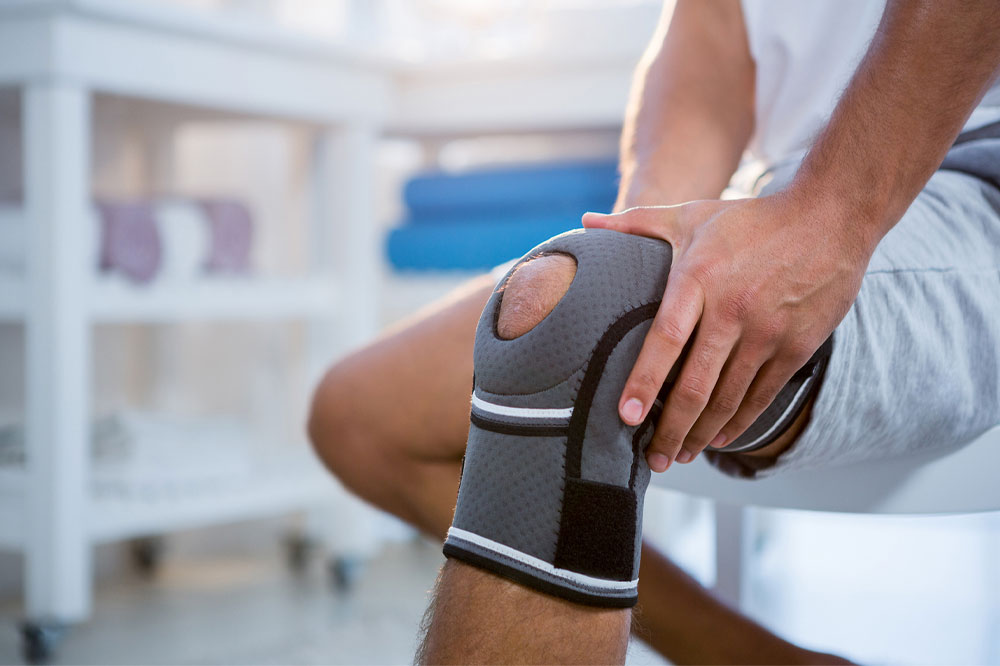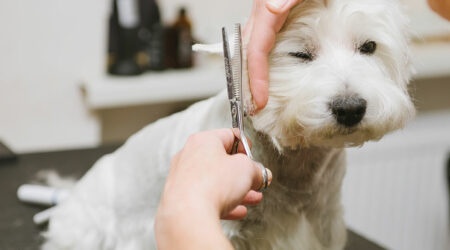
Types of knee braces and their uses
The femur, tibia, and patella make up the hinge joint in the knee and are supported by several muscles and ligaments. Since the knee bears the body’s weight and is exerted during walking, running, etc., it is understandable for it to face severe wear and tear if neglected. This is where knee braces come in. The device is chosen based on the patient’s situation, and it provides the required support for normal joint functioning.
Types of knee braces
Deciding on a knee brace might be difficult because there are so many various shapes, designs, manufacturers, and materials available. Here are some of the best options to consider for a variety of purposes:
Hinged knee braces
One or two bars with hinges along the sides of the knee and straps to secure it in place make up these braces. Although there are many different types of hinged braces, they are all made to promote stability by supporting the medial and lateral collateral ligaments. Knee braces for prophylaxis are made to guard against harm during contact sports. A hinged brace can protect the knee ligaments, provide stability, aid in healing, and help prevent hyperextension of the knee. They are of two types: rigid and soft. Rigid hinged knee braces are suited for moderate to maximal support and provide superior stability and protection for contact sports. Soft-hinged ones are for mild to moderate support.
Compression/ Sleeves
Sleeves and compression braces help reduce mild to moderate chronic knee discomfort. These supports help to reduce pain during daily activities, and they disperse the weight-bearing strain and improve your ability to perform at your best during training and sports. Compression braces can be worn comfortably every day beneath garments. They could be used to relieve patellofemoral discomfort or lessen edema. The front of the knee is given additional protection when a kneepad is used. It’s crucial to understand that while knee sleeves could reduce swelling and provide you with a sense of support after an injury, they don’t strengthen your knee’s stability after one or more surgeries.
Patellar bands
Patellar straps are a common and noticeable item used to treat anterior knee discomfort in young athletes. These thin bands are worn slightly below the knee. By spreading out across a larger area, they provide support for the patellar tendon. As a result, the bone experiences less stress and pull. Patellar bands are made to deliver gentle, supportive pressure to the knee to lessen discomfort. Straps can be worn during daily activities and sports because they are simple to wear (fits under clothing) and easy to put on. This may minimize the pain brought on by patellar tendinitis and Osgood-Schlatter disease. Patellar bands help reduce some of the stress on the tendon.
Wraparounds
The wraparound design offers bracing for patellar instability, dislocation, and mild to moderate knee pain in athletes. You can adjust the fit for comfort and knee protection, and it is easy to wear and take off. Wearing a wrap-style brace while exercising allows you to concentrate on your performance without adding extra bulk.
Rehabilitative Braces
After an acute injury or surgery, a rehabilitative brace is worn to limit the knee’s range of motion and protect torn ligaments. There are full-length bars with adjustable hinges that limit movement on either side of the knee. A foam liner containing the bars is attached to the leg with non-elastic straps. While the knee is mending, they maintain its stability while still allowing some restricted movement. Some health professionals no longer advocate these braces because they haven’t demonstrated any benefit.
Custom Knee Braces
For individuals searching for a knee brace with more support and stability, custom-made ones are the best option. For a proper fit, measurements of certain locations on your knee are taken. The brace is then customized for you based on your unique dimensions and needs. You can find great deals for custom knee braces on websites like DonJoy.
Pricing
The typical out-of-pocket expense for a doctor-recommended knee brace for those with a health plan is a durable-goods copay or coinsurance of 10%–50%. For those without insurance, a basic model for light to moderate support during sports often costs $10–$50. It is typically composed of elastic or cotton. Depending on the materials, the price of a knee brace for post-surgery or injury recovery might range from $30 to $300 or even more. An inexpensive basic neoprene brace often costs less than $150, whereas a hinged brace constructed of lightweight metal or another robust material is typically priced at $200 or more. Depending on the severity and support requirements, a knee brace for arthritis relief might cost anywhere between $50 and $900.




